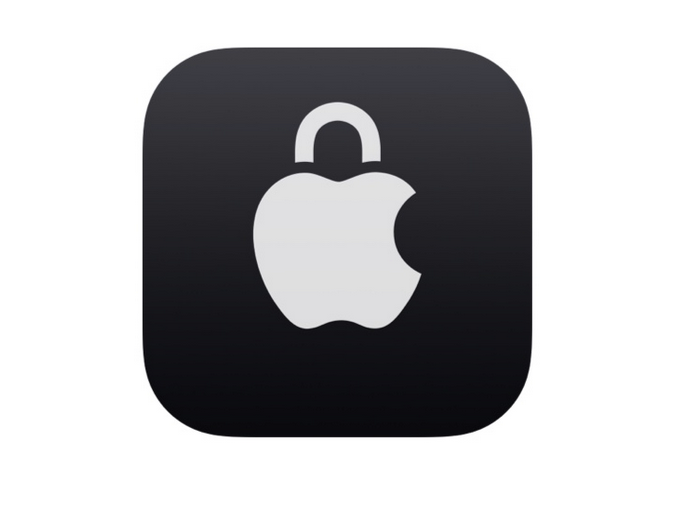Apple’s Cyber Odyssey: A Journey Through Prominent Vulnerabilities in History
Apple, a tech giant renowned for its commitment to user privacy and security, has not been immune to the ever-evolving landscape of cybersecurity threats. Over the years, various vulnerabilities have challenged the Cupertino-based company’s reputation for robust security. In this article, we delve into the annals of Apple’s history, highlighting some of the most prominent vulnerabilities that have left an indelible mark on the company’s cybersecurity journey.
- Flashback Trojan (2012): In 2012, the Flashback Trojan wreaked havoc on Apple’s Mac ecosystem. Exploiting a vulnerability in Java, the malware infected hundreds of thousands of Macs, making it one of the most widespread attacks on Apple devices at the time. Apple responded by releasing security updates and revoking the compromised certificates.
- Heartbleed Bug (2014): Although not specific to Apple, the Heartbleed bug in OpenSSL affected a wide range of platforms, including iOS. Apple quickly patched the vulnerability in its software to protect users from potential data leaks. This incident highlighted the importance of securing open-source components in proprietary systems.
- iCloud Celebrity Photo Leak (2014): In a high-profile incident, unauthorized access to celebrities’ iCloud accounts led to the leak of private photos. The attackers exploited weak passwords and a lack of multi-factor authentication. Apple responded by strengthening iCloud security features and encouraging users to enable two-factor authentication.
- XcodeGhost Malware (2015): Developers using a compromised version of Xcode unknowingly distributed apps infected with the XcodeGhost malware through the App Store. This incident underscored the challenges of ensuring the integrity of the development environment. Apple enhanced app review processes and urged developers to use only official Xcode versions.
- KRACK Wi-Fi Vulnerability (2017): The Key Reinstallation Attack (KRACK) exposed vulnerabilities in WPA2, the protocol securing Wi-Fi networks. While not exclusive to Apple, iOS devices were affected. Apple swiftly addressed the issue in its software updates, emphasizing the importance of promptly applying security patches.
- Spectre and Meltdown (2018): Spectre and Meltdown, two hardware vulnerabilities affecting a wide range of processors, including those in Apple devices, allowed unauthorized access to sensitive data. Apple released mitigations via software updates, working collaboratively with industry stakeholders to address the broader implications of these vulnerabilities.
- iOS Mail App Exploit (2020): In 2020, a zero-day vulnerability in the iOS Mail app was discovered, allowing attackers to execute arbitrary code. Apple addressed the issue in subsequent iOS updates, urging users to keep their devices up to date and showcasing the importance of continuous security monitoring.
- macOS Gatekeeper Bypass (2021): A vulnerability in macOS Gatekeeper, the security feature responsible for verifying the legitimacy of apps, allowed the execution of malicious software. Apple addressed the issue through security updates, emphasizing the critical role of Gatekeeper in maintaining the integrity of the Mac ecosystem.
Conclusion:
Apple’s journey through the realm of cybersecurity has seen its fair share of challenges. Each vulnerability has prompted the company to refine its security practices, collaborate with the cybersecurity community, and reinforce its commitment to user protection. As Apple continues to innovate and adapt to emerging threats, users can stay secure by promptly updating their devices, enabling security features, and remaining vigilant in the face of evolving cyber risks.




